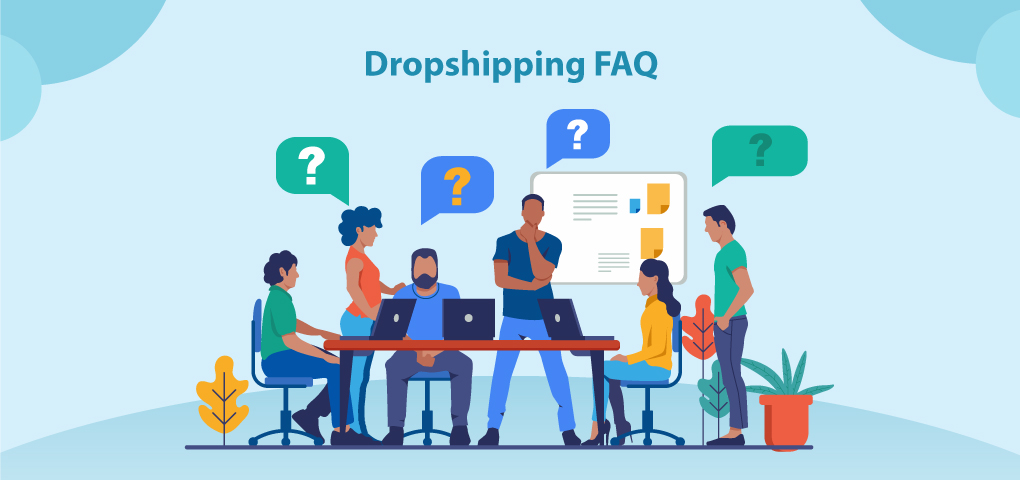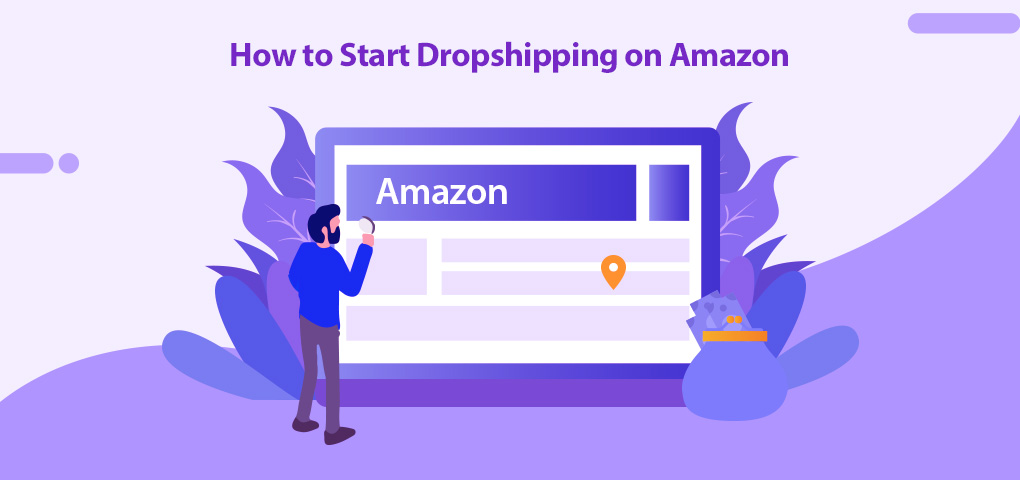Customers are the gods towards which all offerings of the business world are directed. According to renowned business author Michael LeBoeuf, “a satisfied customer is the best business strategy of all.” As customers become more and more technologically and economically empowered, they look for more transparent and accountable business practices. By 2022, "customer service" is expected to overtake price and product as the main factor for brand differentiation. Hence, it forms an essential pillar of your business practice, and there is a lot of incentive to invest in the best ecommerce customer service practices.
What is Ecommerce Customer Service?
Ecommerce customer service involves the entire spectrum of customer-company engagement. An application that simultaneously takes all these aspects into account would be the best ecommerce customer service tool. There are three critical elements to it. First, your customer service arrangement should be well-equipped to deal with high volumes of service and support requests. Secondly, it should have a solid base for addressing key common questions related to products, order fulfillment, and returns. Lastly, there should be organizational frameworks in place that monitor multiple channels with fast response times. Your customer service representatives are literally the voice of your business, which markets your brand and ensures customer loyalty.
7 Best Practices for Ecommerce Customer Service
1. Set-up an integrated framework for your representatives and employees
Without an organized, integrated framework that collates your business’s customer service aspect in one place, your business will fall apart. The employees will always be confused with requests coming in from multiple platforms from the same or different customers. It, in turn, will degrade the quality of your ecommerce and customer service. Use tools like shared inboxes, saved replies for common queries, and collision detection to ensure a seamless flow of information among your staff.
2. Have a strategy to manage multi-channel customer requests and feedback
According to a survey by Forrester, Twitter, Facebook, and online chat are the most preferred modes of seeking help for customers of ecommerce. Some customers might also select personal emails, direct phone calls, or reviews on application market platforms to reach out to the company. Some nit-picking customers might even choose to send the same request or complaint across multiple platforms to ensure maximum probability of getting the attention of customer service representatives. It is absolutely essential that you maintain a system that avoids overlaps and ensures maximum efficiency and collation of all these platforms. Have complaint tracking and recording mechanisms to ensure that there is actual progress as a query moves from one stage to another.
3. Use average response time and number of interactions as units to measure the overall success of customer service practices
The top rules in the ecommerce customer service guide are to reduce the average response time in which the customer receives a resolution and decrease the number of interactions they need to have with the company officials to find a solution. A report claims that most customers are likely to rate down customer service that expects them to repeat their problem multiple times. They were also more likely to be satisfied with a mechanism that resolved their issues at the first interaction itself.
4. Form mechanisms that customers can use to help themselves
It includes live chats, FAQs, mobile applications, and other tools that help customers navigate their issues using the least resistant path. The focus in ecommerce customer service is shifting from the final satisfaction of the customer to improving the overall experience. The mantra lies in a customer-centric approach that takes into account the versatility of today’s lifestyle. It means that more and more customers prefer quick and easy support mechanisms instead of ones that require them to wait and linger, disrupting other aspects of their hectic lives.
5. Have a reliable feedback mechanism
It essentially means that apart from having the best strategies to receive and resolve customer service issues, you should also have a concrete mechanism to document them. This data should be optimized and precise. It can come from individual customer requests or customer reviews on online platforms. The next step is using this data to improve the quality of your services and enterprise, as well as enhancing customer service for ecommerce business.
6. Meet customers on their terms
No matter how many specific customer service mechanisms you create, the last resolve for a lost customer remains the one-on-one interaction with a qualified and well-informed customer service representative. This representative should be service-driven, polite, and committed to providing a personalized ear and resolution to the customer’s problem. Be cautious about outsourcing your ecommerce customer service. Even if it’s a convenient and rational thing to do during a season of high sales, a representative from your own company is always going to be better equipped to provide customized care and support to your customers and ensure maximum satisfaction.
7. Leverage customer service tools
Many players in the market have gauged the importance of healthy and seamless customer service for ecommerce businesses. They provide exciting tools and applications to improve your entrepreneurship skills. Most of these tools simultaneously ensure that you keep your present customers satisfied while generating leads for potential converts. As a result, your business keeps growing, with conviction as well as stability. HubSpot, Acquire, Get Satisfaction, and Clickdesk is a few of the many affordable and efficient tools available for your use.
No matter what is the specialty of your e-commerce business, customer service remains the most indispensable part. For example, SaleYee.com is renowned for its dropshipping customer service system. The company boasts incredible customer service since it provides more than 300,000 product choices to retailers. By offering up to three months after-sales period, SaleYee outlines the epitome of customer satisfaction. You can also avail of free membership and significant discounts with SaleYee by undertaking regular purchases. Apart from this, the company offers around-the-clock customer assistance through chat and call. Any dissonance and SaleYee will strive to solve your query in the earliest revert time possible. You will never have to worry about the product’s quality since the platform ships superior quality items with more than 630,000 square meters of local warehouses situated worldwide.
Conclusion
No matter what is the specialty of your ecommerce business, customer service remains the most indispensable part. Lack of a robust and intelligent ecommerce customer service mechanism can lead to dropping in sales, loss of customers, and a tarnished reputation. Millennials worldwide are already willing to invest 21 % more in a company with a better customer service process. Hence, better customer service directly translates to better competitiveness of your firm in the market. Every ounce of time, money, and effort you spend in innovating and sharpening your customer engagement is going to be worth it in the long run.




